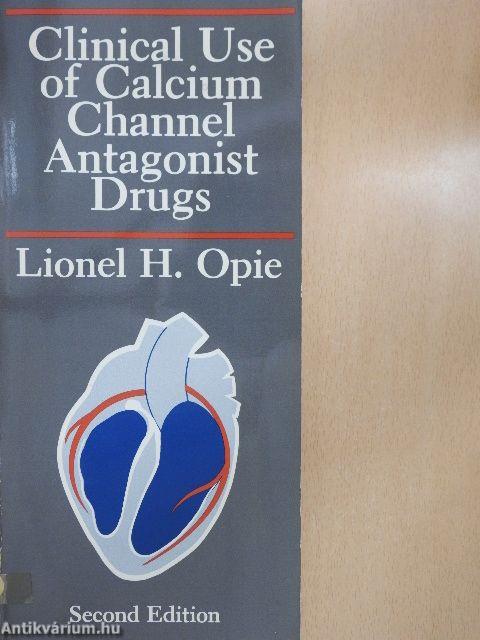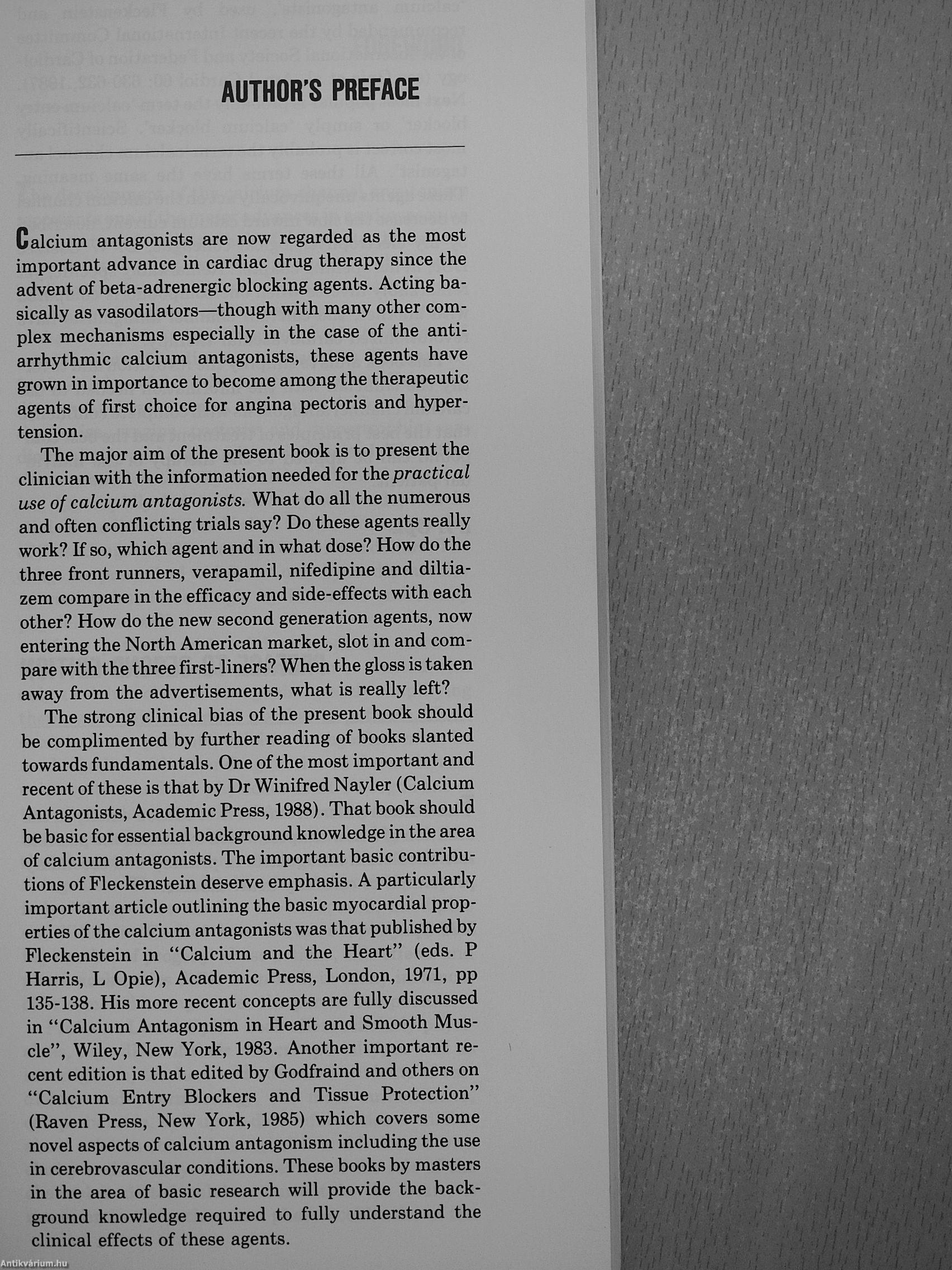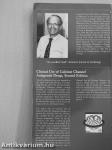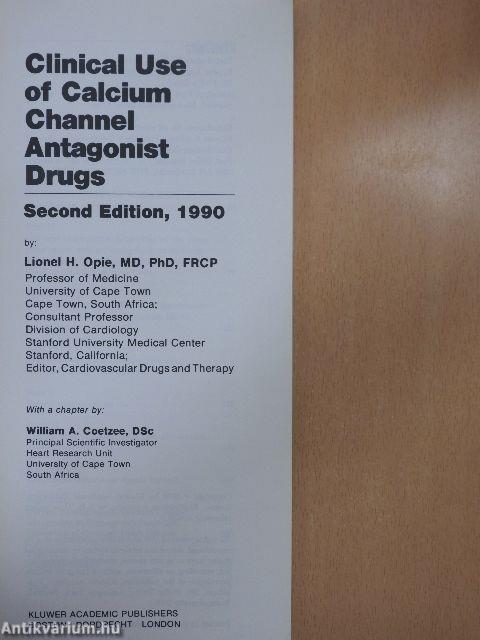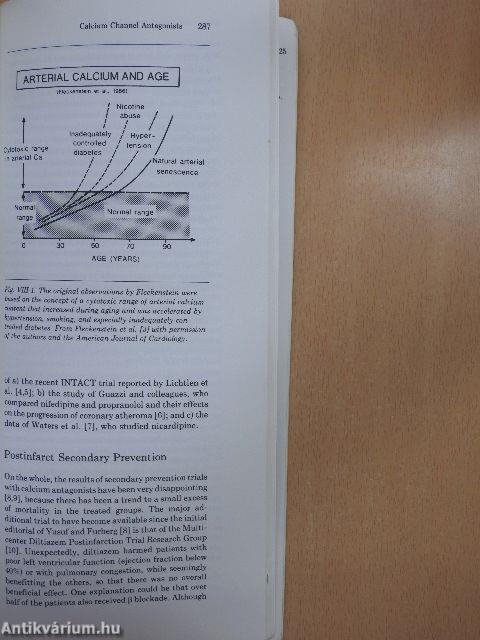1.067.081
kiadvánnyal nyújtjuk Magyarország legnagyobb antikvár könyv-kínálatát

VISSZA
A TETEJÉRE
JAVASLATOKÉszre-
vételek
Clinical Use of Calcium Channel Antagonist Drugs
| Kiadó: | Kluwer Academic Publishers |
|---|---|
| Kiadás helye: | Boston-Dordrecht-London |
| Kiadás éve: | |
| Kötés típusa: | Ragasztott papírkötés |
| Oldalszám: | 326 oldal |
| Sorozatcím: | |
| Kötetszám: | |
| Nyelv: | Angol |
| Méret: | 26 cm x 12 cm |
| ISBN: | 0-7923-0872-7 |
| Megjegyzés: | 2. kiadás. Fekete-fehér ábrákkal. |
naponta értesítjük a beérkező friss
kiadványokról
naponta értesítjük a beérkező friss
kiadványokról
Előszó
TovábbFülszöveg
Lionel H. Opie, M.D., Ph.D., is Professor of Medicine at the University of Cape Town and Consultant Professor, Division of Cardiology, Stanford University Medical Center, California. After graduating from the University of Cape Town, he studied at Oxford as a Rhodes Scholar and was a Research Fellow at Harvard from 1959-1961. He became a Fellow of the Royal College of Physicians of London in 1974. From 1976-1978, he was President of the International Society for Heart Research. He is author of The Heart: Physiology, Metabolism, Pharmacology and Therapy, published in 1984 with a revised reprint in 1986. He is coeditor of Cardiovascular Drugs and Therapy.
"An excellent book" American Journal of Cardiology
Clinical Use of Calcium Channel Antagonist Drugs, Second Edition
-I"
-»a
Calcium antagonists are now regarded as the most important advance in cardiac drug therapy since the advent of beta-adrenergic blocking agents. Acting basically as vasodilators—though with many... Tovább
Fülszöveg
Lionel H. Opie, M.D., Ph.D., is Professor of Medicine at the University of Cape Town and Consultant Professor, Division of Cardiology, Stanford University Medical Center, California. After graduating from the University of Cape Town, he studied at Oxford as a Rhodes Scholar and was a Research Fellow at Harvard from 1959-1961. He became a Fellow of the Royal College of Physicians of London in 1974. From 1976-1978, he was President of the International Society for Heart Research. He is author of The Heart: Physiology, Metabolism, Pharmacology and Therapy, published in 1984 with a revised reprint in 1986. He is coeditor of Cardiovascular Drugs and Therapy.
"An excellent book" American Journal of Cardiology
Clinical Use of Calcium Channel Antagonist Drugs, Second Edition
-I"
-»a
Calcium antagonists are now regarded as the most important advance in cardiac drug therapy since the advent of beta-adrenergic blocking agents. Acting basically as vasodilators—though with many other complex mechanisms especially in the case of the antiarrhythmic calcium antagonists—these agents have grown in importance to become among the therapeutic agents of first choice for angina pectoris and hypertension.
The major aim of Clinical Use of Calcium Channel Antagonist Drugs is to present the clinician with the information needed for the practical use of calcium antagonists. What do all the numerous and often conflicting trials say? Do these agents really work? If so, which agent and in what dose? How do the three front runners, verapamil, nifedipine and diltiazem compare in efficacy and side-effects with each other? How do the new second generation agents, now entering the North American market, slot in and compare with the three first-liners? When the gloss is taken away from the advertisements, what is really left?
CJinicaJ Use of Calcium Channel An-fdgonisf Drugs aims to simplify the revolution and to fortify the clinician with the information needed to use calcium channel antagonists with complete ' confidence that the best principles of ' treatment and the best compound can be applied to the therapy of the individual i patient.
Vissza
Témakörök
- Orvostudomány > Belgyógyászat > Kardiológia
- Idegennyelv > Idegennyelvű könyvek > Angol > Orvostudomány
- Orvostudomány > Belgyógyászat > Általános > Idegennyelvű
- Orvostudomány > Belgyógyászat > Általános > Terápia
- Orvostudomány > Belgyógyászat > Általános > Betegségek > Szív- és érrendszeri
- Orvostudomány > Gyógyszertan > Gyógyszerkészítmények > Egyéb
- Orvostudomány > Gyógyszertan > Gyógyszertan
- Orvostudomány > Gyógyszertan > Idegennyelvű
- Orvostudomány > Orvosi idegennyelvű könyvek > Belgyógyászat
- Orvostudomány > Orvosi idegennyelvű könyvek > Gyógyszertan



